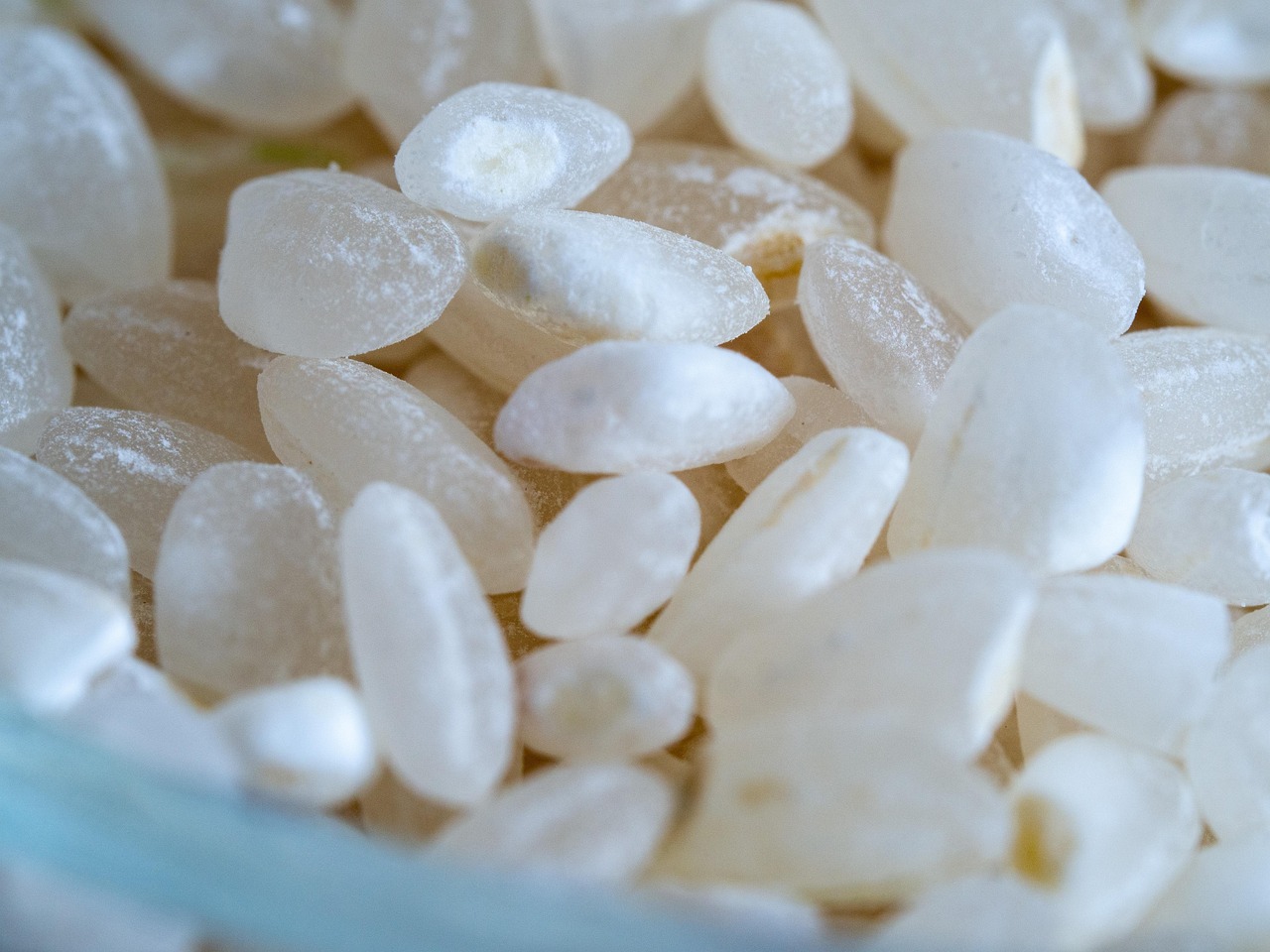Sake, Japan’s traditional rice wine, comes in a variety of types, each with its own unique characteristics and flavors. In this guide, we’ll explore the differences between Junmai, Honjozo, Ginjo, and Daiginjo sake, helping you understand what makes each type special and how to choose the right one for your taste.
1. What Determines the Type of Sake?
The classification of sake depends mainly on two factors:
✅ Ingredients
- Junmai Type (Junmai, Junmai Ginjo, Junmai Daiginjo)
→ Made with only rice and rice koji (mold used for fermentation), highlighting the natural umami of rice. - Honjozo Type (Honjozo, Ginjo, Daiginjo)
→ Contains a small amount of added brewing alcohol, enhancing aroma and creating a lighter, smoother taste.
✅ Polishing Ratio (Seimai Buai, 精米歩合)
- Polishing ratio (%) refers to how much of the rice grain is removed before brewing.
- For example, a 50% polishing ratio means that 50% of the outer layer of the rice grain has been milled away.
- The more polished the rice, the cleaner and more refined the sake’s flavor becomes.
2. Types of Sake and Their Characteristics
① Junmai (純米酒) – Rich, Full-Bodied Sake
- Ingredients: Rice, rice koji (no added alcohol)
- Polishing Ratio: No strict requirement (usually 60-70%)
- Flavor Profile:
- Deep, full-bodied umami of rice
- Rich and well-rounded
- Best enjoyed warm (40-50°C) to enhance flavors
➡ Recommended Sake: “Masumi Junmai” / “Takashimizu Junmai”
② Honjozo (本醸造酒) – Crisp and Easy to Drink
- Ingredients: Rice, rice koji, brewing alcohol
- Polishing Ratio: 70% or less
- Flavor Profile:
- Light and smooth
- Balanced and easy to drink
- Versatile—can be enjoyed both chilled and warm
➡ Recommended Sake: “Hakutsuru Honjozo” / “Yuki no Matsushima Honjozo”
③ Ginjo (吟醸酒) – Fragrant and Elegant
- Ingredients: Rice, rice koji, brewing alcohol
- Polishing Ratio: 60% or less
- Flavor Profile:
- Fruity and floral aromas (melon, banana, apple)
- Smooth and refined mouthfeel
- Best enjoyed chilled (5-10°C) to highlight the aroma
➡ Recommended Sake: “Hakkaisan Ginjo” / “Uragasumi Ginjo”
④ Daiginjo (大吟醸酒) – Luxurious and Refined
- Ingredients: Rice, rice koji, brewing alcohol
- Polishing Ratio: 50% or less
- Flavor Profile:
- Extremely refined and smooth
- Delicate and elegant aroma
- Best served chilled to preserve its complexity
➡ Recommended Sake: “Dassai Daiginjo” / “Kokuryu Daiginjo”
⑤ Junmai Ginjo (純米吟醸酒) – A Perfect Balance of Aroma and Umami
- Ingredients: Rice, rice koji (no added alcohol)
- Polishing Ratio: 60% or less
- Flavor Profile:
- Harmonious balance between fruity aroma and rice umami
- Smooth and drinkable
- Pairs well with various dishes
➡ Recommended Sake: “Kubota Senju Junmai Ginjo” / “Tengumai Junmai Ginjo”
⑥ Junmai Daiginjo (純米大吟醸酒) – The Ultimate Premium Sake
- Ingredients: Rice, rice koji (no added alcohol)
- Polishing Ratio: 50% or less
- Flavor Profile:
- Exceptionally smooth and elegant
- Highly fragrant with a silky texture
- A top-tier sake perfect for special occasions
➡ Recommended Sake: “Dassai Junmai Daiginjo” / “Bon Junmai Daiginjo”
3. How to Choose and Enjoy Sake
✅ If you prefer a rich, full-bodied taste…
➡ Try Junmai or Junmai Ginjo
✅ If you like light, easy-to-drink sake…
➡ Go for Honjozo or Ginjo
✅ If you want to enjoy fruity aromas…
➡ Choose Ginjo or Daiginjo
✅ For special occasions and luxurious sake experiences…
➡ Pick a Junmai Daiginjo or Daiginjo
Final Thoughts
Sake is broadly divided into Junmai Type (rich and umami-filled) and Honjozo Type (light and crisp). Additionally, the polishing ratio further classifies sake into Ginjo and Daiginjo, affecting aroma and smoothness.
📌 Pair Junmai or Honjozo with meals
📌 Enjoy Ginjo or Daiginjo for their fragrance
📌 Choose Junmai Daiginjo for a premium experience
By understanding these sake types, you’ll be able to find the perfect bottle to suit your taste. Try different kinds and discover your favorite sake!



コメント